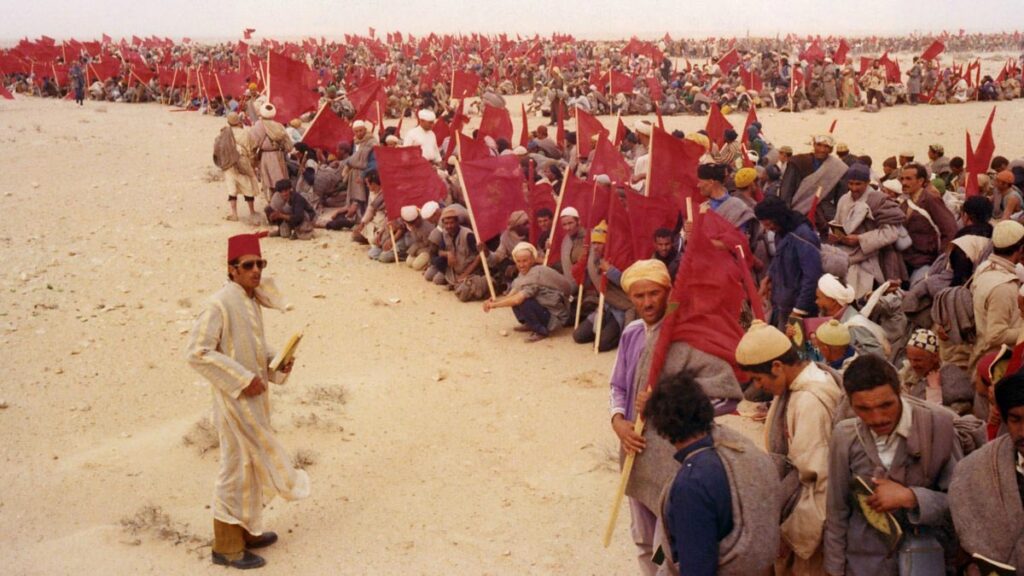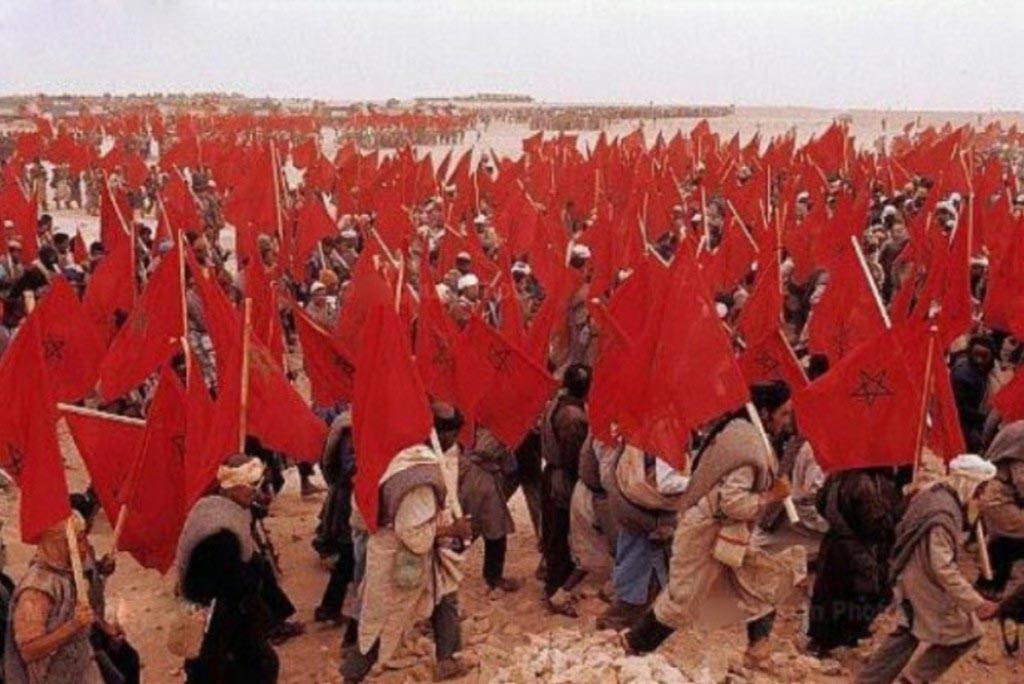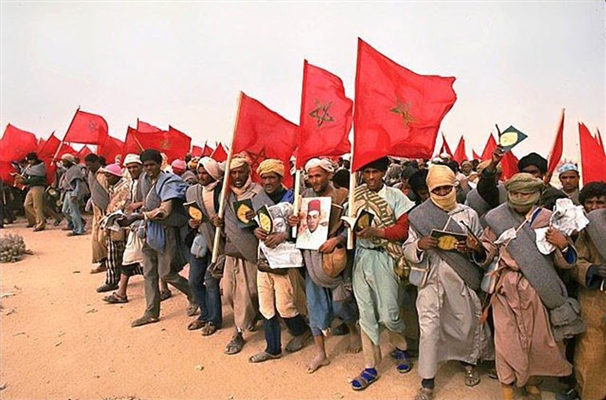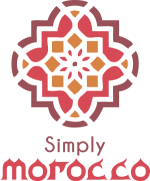The Green March remains one of the most defining moments in Morocco’s modern history. On November 6, 1975, hundreds of thousands of unarmed Moroccans marched peacefully toward the Sahara to reaffirm the nation’s unity and reclaim its southern provinces. More than just a political event, it was a moment of faith, solidarity, and national pride that continues to shape Morocco’s identity today.
Historical Context
The Sahara has always been an inseparable part of the Moroccan kingdom — long before the reign of the Alaouite dynasty. Historical records, ancient trade routes, and diplomatic ties show that Moroccan dynasties such as the Idrissids, Almoravids, Almohads, and Saadians all exercised influence and maintained allegiance from Saharan tribes. These dynasties built Morocco’s territorial identity, connecting the north, central plains, and desert regions through religion, trade, and governance.
By the late 19th century, Spain occupied parts of southern Morocco, naming the territory the “Spanish Sahara.” After Morocco gained independence in 1956, the country sought to restore all its historic regions under one flag, viewing the Sahara as a continuation of its ancient and spiritual homeland.
In October 1975, the International Court of Justice recognized the existence of historical and legal ties between Morocco and several Saharan tribes, though it also mentioned the right of self-determination. Following that opinion, King Hassan II called upon the Moroccan people to demonstrate peacefully that the Sahara was, and remains, part of their national soul.

The March of 1975
On November 6, 1975, nearly 350,000 Moroccans from every corner of the country answered the call. Men, women, and children set out unarmed, holding Qur’ans, Moroccan flags, and portraits of King Hassan II. Their mission was simple: to cross into the southern provinces and reclaim them peacefully.
The marchers gathered near Tarfaya, close to the border of the then-Spanish Sahara, and advanced without weapons — symbolizing Morocco’s commitment to peace and unity. Spain, already facing political transition at the time, chose not to resist.
The world watched as Morocco’s citizens showed that their bond to the Sahara was not one of conquest, but of historical continuity and shared identity.

The Aftermath and Outcome
Within days of the Green March, Spain agreed to negotiations that led to the Madrid Accords on November 14, 1975. Under this agreement, Spain withdrew from the territory, transferring administrative control to Morocco and Mauritania.
The Green March became a cornerstone of Morocco’s modern nationhood — a testament to unity, faith, and peaceful determination. It remains one of the few large-scale non-violent demonstrations in world history that successfully achieved its national goal.

Lasting Legacy
Every year on November 6, Morocco celebrates Green March Day, a national holiday that honors the courage and unity of its people. Schools, public institutions, and communities across the country mark the occasion with parades, cultural events, and reflections on Morocco’s continued development in its southern provinces.
The Green March is more than a historical event. It represents the enduring link between Morocco and its desert lands — a relationship built over centuries through shared culture, loyalty, and resilience.
For travelers exploring Morocco today, especially in regions like Laâyoune, Dakhla, and Smara, understanding the story of the Green March adds deeper meaning to their journey across this vast and symbolic land.

The Green March was not merely a political act, but a powerful expression of Morocco’s identity and faith in peaceful progress. Rooted in centuries of history and dynastic continuity, it remains one of the most inspiring examples of national unity in the Arab and African world.
For visitors to Morocco, understanding the Green March is essential to appreciating the nation’s spirit — proud, peaceful, and unwavering in its belief in unity from Tangier to Dakhla.
Discover more from Simply Morocco
Subscribe to get the latest posts sent to your email.

